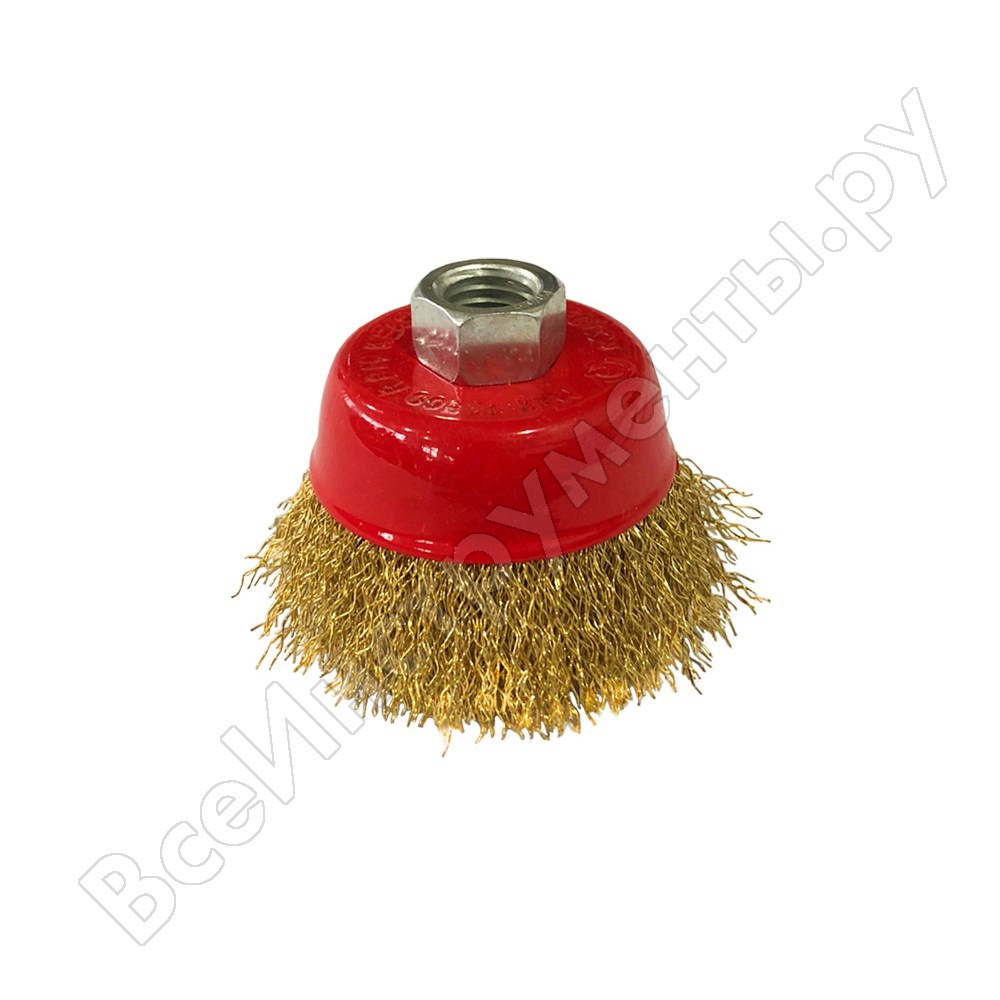Nowadays there are so many ways warm your accommodation. A variety of modifications and coolant types It makes the eyes diverge. At the forefront are the models that have efficiency combined with a large coverage area heated. This article describes one of the leaders in this segment, this heater convector type. What subspecies worth your attention and how the this kind of heaters you will learn from this article.

Read article
- 1 What is the heater of convector type
- 1.1 Electric convector heater: what is it?
- 1.2 Specifications and types of panel heaters
- 1.3 Kind of heating elements
- 2 Pros and cons of convector heater
- 2.1 Positive sides
- 2.2 Negative sides
- 3 How to choose an electric heating convector
- 3.1 A calculator for calculating the required power of the electric heater
- 4 Installation of convector with their hands
- 5 Operating conditions heaters
- 6 Manufacturers and prices for their products
- 7 closing speech
What is the heater of convector type
The main thing that distinguishes convector from other types of heaters - a low cost, wide range of power heaters, simplicity in use and versatility in installation.
Electric convector heater: what is it?
The heater is arranged so as to handle the cold air in hot. This is achieved by the design of the housing and arrangement of the heating element (heater). On the bottom surface of the body is grille, through which cold air enters. It then passes through a heater, which heats the air flow to 90 degrees and exits through the upper grating. By physical properties it is well known that hot air going upwards, and when cooling down, it goes down, thus creating, for the circulation of the electric heating radiator.

convector is controlled by using the regulator and the provisions of the shift keys choice of power. The housing is built temperature sensor, Which protects the unit from overheating.

Some models are equipped with the advanced settings, which include: the sleep timer, the frequency of switching on and off, climate control etc.

Note! When you purchase the unit, pay attention to the presence of lighting the heater controls. In the absence of luminous buttons, you will not find them in the dark, and test whether the device side.
Specifications and types of panel heaters
heaters differ from each other a number of features such as capacity, type of installation, the shape of the device body material and the number of settings. The following describes in detail all existing characteristics.
- Power heater. To choose the right heater, you need to calculate the exact square of the room in which you plan to install it. There is a standard such calculation formula, which is as follows: for every 10 m2 requires 1 kW of power, with the ceiling height must not exceed 2.7 meters. If the ceiling above, to every 10 centimeters necessary to add 10 percent to the capacity. Should take into account the fact that the cold basement under the floor or neuteplonnaya roof above the ceiling also affect the choice of power PETN. The range of the heating power is varied from 0.5 to 2 kw, the power heat It depends on the type of heating element. Housing material is also involved in the heat transfer performance.

Heaters of different power - Installation types. To the consumer could choose a heater that is most aesthetically fit in interior room, Manufacturers have the following variations:
| Flooroption | wall model | Narrow baseboard models |
| Implemented on a stand with wheels or without them. The convenience of this design is comfortable moving around the room heater. It is worth noting that the presence of the stand allows you to install the device directly at the point of finding the person, for example, if room area exceeds the heating capacity of the convector. | The operating principle of the electric convector is the same as that of the floor. A wide range of design solutions embodied in the heater, allow the user to position the device on any free wall. Mounting is made by means of brackets which are fixed to the wall plugs. | Were published recently, but because of its unique setting quickly earned recognition on the part of buyers. Their peculiarity is that they are mounted in the plinth zone, closing the top of the metal bars. Due to its length, which reaches up to 2.5 meters, the device can be positioned around the perimeter of the room. |
- The hull shape. Instruments are divided into low (body height up to 40 cm), high (height 40 cm). Both versions have their pros lower heaters are equipped with an elongated TAN that provides increased uniformity of circulation of hot air around the room. High model stronger heated airflow, due to the height of the housing.
- Materials used for the manufacture of shells. Each material is unique than is described below:
| Stainless steel | Aluminum | Ceramics |
| Has a long service life, instantly heats amenable to recovery of mechanical damage, it weighs very little. | Characterized by a prolonged heat transfer after turning off the heating element. Increased resistance to overheating and ergonomic surfaces make aluminum worthy companion heater. | Basically heater built into the ceramic, it gives the unit greater safety and the maximum degree of warming panel. |

- Variety of customizable features. To help users, developers, some models are fitted with additional features:
- Sleep Timer. Setting allows you to set the exact time off the heating element, to save power at night.
- On timer. A person can program the device to engage at any desired time (e.g., for 1 hour prior to the arrival of job to room time to warm up).
- Climate control. Capable of holding the exposed room temperature at the desired degree.
Heaters can be supplemented by special external devices, which will help to implement fine-tune and save money on electricity.
Important! Do not make any improvements to heating appliances without consulting with a specialist in this field. Improper connection of additional elements may cause a short circuit.
Kind of heating elements
Depending on the type of heater efficiency is different convectors.
- Tubular heaters (TEH). The design is based nichrome filament, enclosed in the metal tube, all the space around the yarn covered with a magnesium, quartz or ceramic dust. The tube, in turn, is covered by aluminum radiator with well-developed ribs. Heater with this type of heating element is allowed to be installed in areas with high humidity.

Appearance PETN - Needle-type heating element. The plate of dielectric material is stitched CrNi filament so that on both sides of the plate protruding loop. The yarn coated with a special insulating varnish to electric flow is not in contact with the heater housing. The disadvantage of this design is that the open spiral is sensitive to dust and moisture, but the very low cost of such devices elevates them to the sales leaders.

needle heater - Monolithic body heating element. Aluminum radiator, cast contains Nichrome thread, which is sprinkled with dielectric. This design provides maximum heat transfer in combination with a minimum heating radiator fins.

monolithic heat transfer fluid
Pros and cons of convector heater
Because of the difference in the type of heaters, body shapes and materials that are included in articles to determine the exact figures is difficult, therefore, all of the following features will be pooled.
Positive sides
- Sufficiently low cost as compared with such heaters;
- Accessible and user friendly to any user;
- Thermal efficacy, expressed in efficiency is at least 95 percent;
- Very rapid heating process of the heater;
- Stylish design to complement any decor interior in room;
- Devices have a very quiet operation, it allows you to place them near berth;
- The possibility of setting deep heating of the room.
Negative sides
- Inefficient use in larger rooms. Solved by the installation of several devices;
- Over time, the efficiency of the equipment is reduced at the expense of burning filament yarn;
- Some specimens are capable of passing through them burn oxygen, which adversely affects the health of people living and increases the amount of dust in the room;
- Increased consumption of electricity. It can be reduced by the outer insulating walls, gender and ceiling.
How to choose an electric heating convector
It all depends on your financial capabilities and purpose of the device. But if we look at the choice of the heater is constructive, we get the following picture:
- Better to choose a device with aluminum body;
- Heating element monolithic type will most effective efficiency;
- Convector heaters type thermostat create maximum comfort in use;
- Buy equipment only well-known brands in the first place, you will get a long-term guarantee, secondly, to secure heater.
A calculator for calculating the required power of the electric heater
Installation of convector with their hands
If you purchased a wall radiator, it will have to work a little to set it on the wall. You will need a hammer, hammer and screwdriver (screwdriver). The first step is to choose a place for the heater. After that you need to do to mark on the wall according to the holes on the unit bracket. Taking a hammer, drill the marked space 6 mm drill to a depth of about six centimeters. The resulting recess hammer the plastic anchors to their hats were flush with the wall. The last step is screwing screws into the anchors, they can not fully tighten, leave 1.5 centimeters for the slots on the instrument bracket.

Important! The height from the floor to the bottom of the radiator should be at least 10 centimeters for normal air circulation.
Operating conditions heaters
- The working surface of the heating device can not be covered by anything. Though thermal sensor and disconnects from the network device to avoid overheating, and due to the closed lattice to exit of hot air poplavitsya sensor and eventually burn heater.

Covered with fabric heater
- Convector should not be placed near open containers of water closer than 60 centimeters.
- Not recommended for wet cleaning of the enclosure during operation.
- At least twice during the heating season it is necessary to purge the heating element of the dust deposited on it. This can be accomplished using cleaner.
Manufacturers and prices for their products
To understand how to buy a heater of convector type note on the table.
Price Schedule some heater models.
| Picture | Type of PETN | housing material | cardinalityNost kW | Price, rub. |
 | Stitch | Steel / outdoor | 2,0 | 2100 |
 | Tubular | Steel / outdoor | 1,0 | 2400 |
 | Tubular | Steel / wall | 1,0 | 1850 |
 | Stich | Plastic / wall | 2,0 | 2300 |
 | Tubular | Steel / infrared | 1,0 | 5600 |
 | Tubular | Steel / Baseboard | 0,4 | 4100 |
 | Ceramic | Steel / outdoor | 2,0 | 7800 |
closing speech
Whatever convector you choose, be prepared for what will have to fork out for electricity. But in any case this heating option is much cheaper than custom design and installation gas-fired boiler. With the right mix of power heater convector type landlord with confidence can count on high-quality heating.



